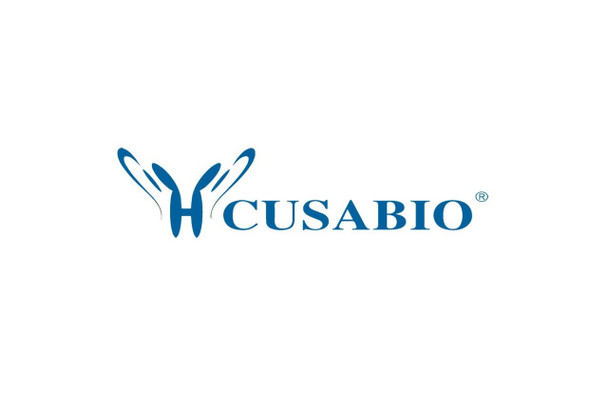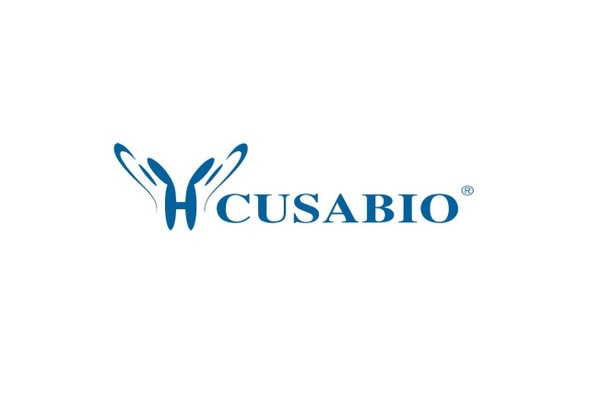Cusabio Saccharomyces cerevisiae Recombinants
Recombinant Saccharomyces cerevisiae Acetyl-CoA carboxylase (ACC1), partial | CSB-EP2725SVG1
- SKU:
- CSB-EP2725SVG1
- Availability:
- 3 - 7 Working Days
Description
Recombinant Saccharomyces cerevisiae Acetyl-CoA carboxylase (ACC1), partial | CSB-EP2725SVG1 | Cusabio
Alternative Name(s): Fatty acid synthetase 3 (mRNA transport-defective protein 7) (ABP2) (FAS3) (MTR7)
Gene Names: ACC1
Research Areas: Cancer
Organism: Saccharomyces cerevisiae (strain ATCC 204508 / S288c) (Baker's yeast)
AA Sequence: TGLVSVDDDIYQKGCCTSPEDGLQKAKRIGFPVMIKASEGGGGKGIRQVEREEDFIALYHQAANEIPGSPIFIMKLAGRARHLEVQLLADQYGTNISLFGRDCSVQRRHQKIIEEAPVTIAKAETFHEMEKAAVRLGKLVGYVSAGTVEYLYSHDDGKFYFLELNPRLQVEHPTTEMVSGVNLPAAQLQIAMGIPMHRISDIRTLYGMNPHSASEIDFEFKTQDATKKQRRPIPKGHCTACRITSEDPNDGFKPSGGTLHELNFRSSSNVWGYFSVGNNGNIHSFSDSQFGHIFAFGENRQASRKHMVVALKELSIRGDFRTTVEYLIKLLETEDFEDNTITTGWLDDLITHKMTAEKPDPTLAVICGAATKAFLASEEARHKYIESLQKGQVLSKDLLQTMFPVDFIHEGKRYKFTVAKSGNDRYTLFINGSKCDIILRQLSDGGLLIAIGGKSHTIYWKEEVAATRLSVDSMTTLLEVENDPTQLRTPSPGKLVKFLVENGEHIIKGQPYAEIEVMKMQMPLVSQENGIVQLLKQPGSTIVAGDIMAIMTLDDPSKV
Source: E.coli
Tag Info: N-terminal 10xHis-tagged
Expression Region: 217-775aa
Sequence Info: Partial
MW: 67.6 kDa
Purity: Greater than 85% as determined by SDS-PAGE.
Relevance: Carries out three functions: biotin carboxyl carrier protein, biotin carboxylase and carboxyltransferase. Involved in the synthesis of very-long-chain fatty acid synthesis which is required to maintain a functional nuclear envelope. Required for acylation and vacuolar membrane association of VAC8 which is necessary to maintain a normal morphology of the vacuole.
Reference: "The nucleotide sequence of Saccharomyces cerevisiae chromosome XIV and its evolutionary implications." Philippsen P., Kleine K., Poehlmann R., Duesterhoeft A., Hamberg K., Hegemann J.H., Obermaier B., Urrestarazu L.A., Aert R., Albermann K., Altmann R., Andre B., Baladron V., Ballesta J.P.G., Becam A.-M., Beinhauer J.D., Boskovic J., Buitrago M.J. Hani J. Nature 387:93-98(1997)
Storage: The shelf life is related to many factors, storage state, buffer ingredients, storage temperature and the stability of the protein itself. Generally, the shelf life of liquid form is 6 months at -20?/-80?. The shelf life of lyophilized form is 12 months at -20?/-80?.
Notes: Repeated freezing and thawing is not recommended. Store working aliquots at 4? for up to one week.
Function: Carries out three functions
Involvement in disease:
Subcellular Location: Cytoplasm, Endoplasmic reticulum membrane, Peripheral membrane protein, Cytoplasmic side
Protein Families:
Tissue Specificity:
Paythway:
Form: Liquid or Lyophilized powder
Buffer: If the delivery form is liquid, the default storage buffer is Tris/PBS-based buffer, 5%-50% glycerol. If the delivery form is lyophilized powder, the buffer before lyophilization is Tris/PBS-based buffer, 6% Trehalose, pH 8.0.
Reconstitution: We recommend that this vial be briefly centrifuged prior to opening to bring the contents to the bottom. Please reconstitute protein in deionized sterile water to a concentration of 0.1-1.0 mg/mL.We recommend to add 5-50% of glycerol (final concentration) and aliquot for long-term storage at -20?/-80?. Our default final concentration of glycerol is 50%. Customers could use it as reference.
Uniprot ID: Q00955
HGNC Database Link: N/A
UniGene Database Link: N/A
KEGG Database Link: KEGG
STRING Database Link: STRING
OMIM Database Link: N/A










